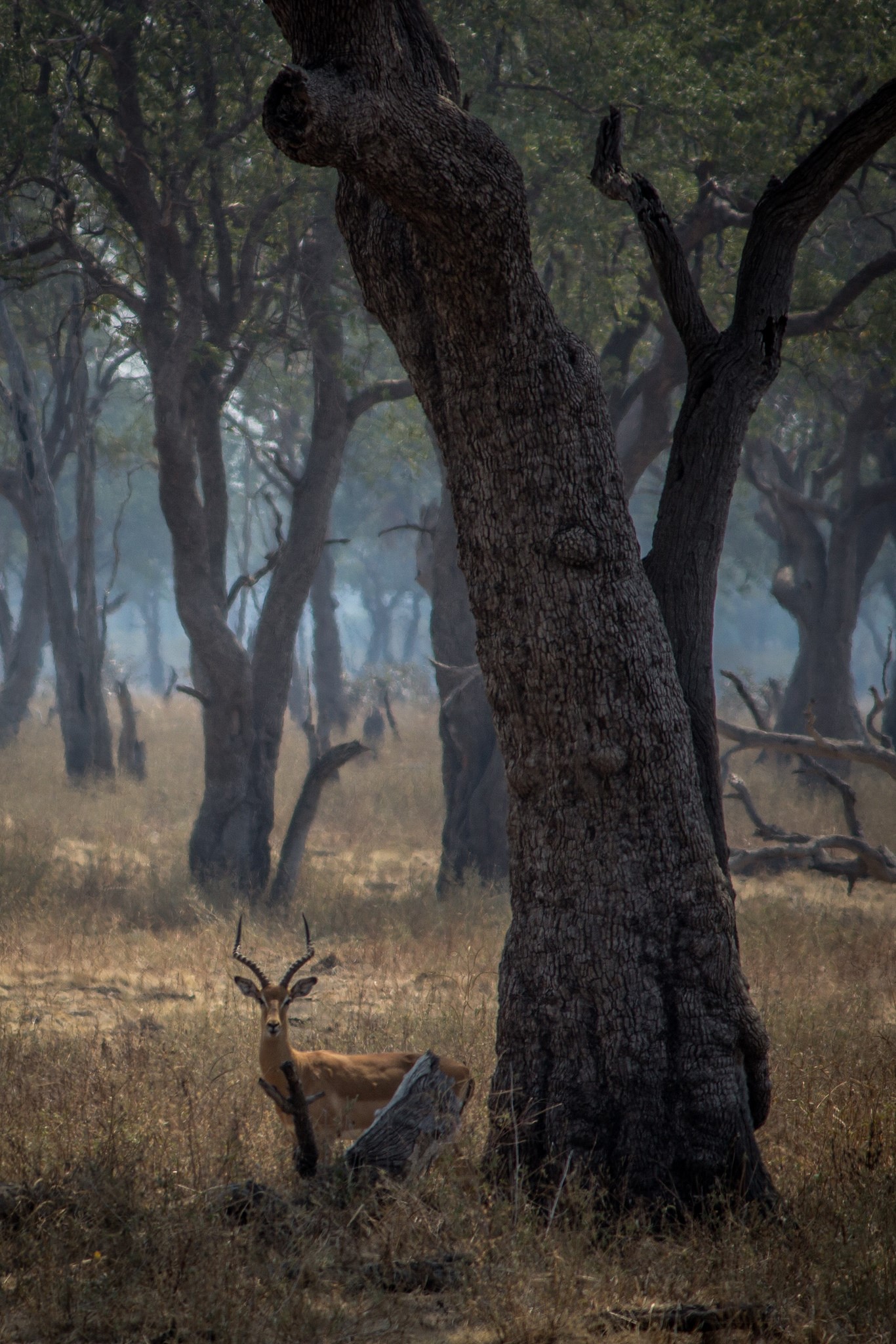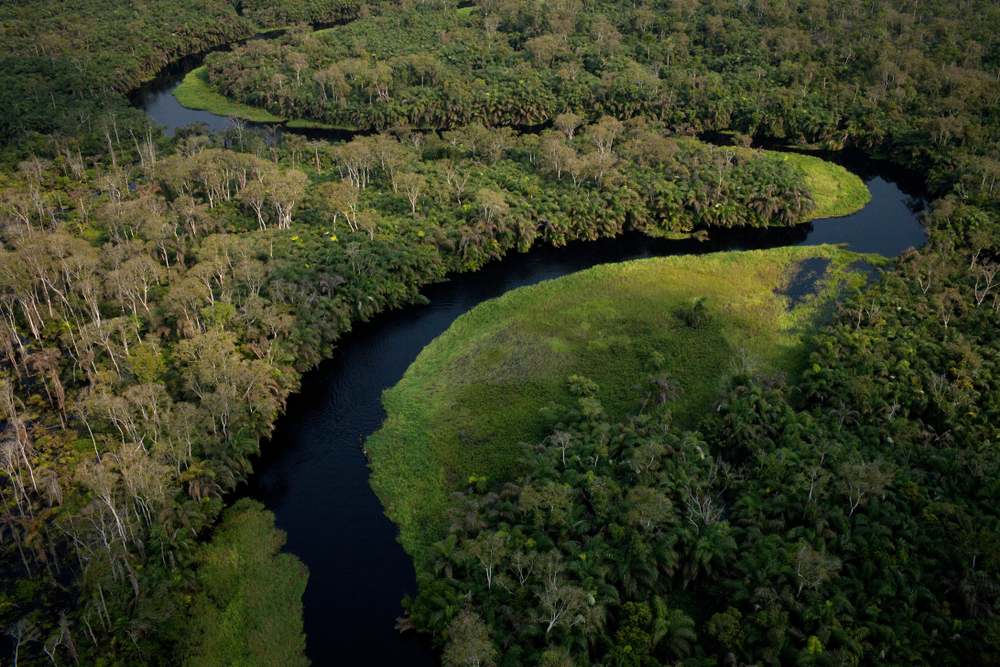forest degradation

Zambia Forest Sector Analysis
CHALLENGE
Forests and related resources in Zambia represent the lifeline of rural economies and daily subsistence. The forest sector currently contributes about 5.2% to the country’s GDP, and provides formal and informal employment to about 1.1 million people. The Government of Zambia seeks to manage and enhance forest products and services in order to mitigate climate change, boost income generation, poverty reduction and job creation, and protect biodiversity.
However, Zambia currently lacks the support to effectively tap into the value of forest ecosystem services. For meaningful engagement with the government and other partners to take place, it is imperative to have a better understanding of the forest sector. This activity will support thatanalysis.
APPROACH
This activity will support efforts to strengthen Zambia’s course of action towards forest protection for livelihoods, environmental benefits, and the national economy. The main components are:
- Understanding forests’ contribution to rural livelihoods and the national economy: This component will fill a major knoweldge gap by delving into the importance of forests for improving livelihoods and poverty reduction, and their contributions directly to the economy and through other sectors. A key output will be a synthesis of forest contributions to livelihoods and national economy, including projected values based on current deforestation rates.
- Spatial assessment of the drivers of deforestation and forest degradation: In Zambia, deforestation and forest degradation is closely linked to development activities in the agricultural, transportation, energy, and extractive sectors. This component will assess forest loss by sector, with the goal of influencing relevant policy issues
- Forest smart management interventions: This component will chart a way forward for the World Bank’s engagement with Zambia on forestry and related sectors. The activity will produce a forward-looking synthesis of discussion points to position, as well as private sector guidelines to support rural livelihoods based on forest and forest products.
RESULTS
This activity is ongoing. The preliminary findings from the initial report indicate that the forest sector in Zambia is plagued with challenges linked to deforestation, institutional and legal lapses, land use change and competing land uses, forest diseases, lack of public and private sector investments, and lack of enough qualified to sustainably manage forests. The findings also indicate illegal logging of native species of high economic value, such as mukula, for international markets, involving a complex network of interest groups and individuals. These include individuals, traditional chiefs, government workers, and Chinese nationals. Illegal logging in rosewood alone leads to staggering losses of about US$3.2 million in revenue and estimated bribes paid to state officials of about US$1.7 million. In general, the deforestation annual rate, estimated at 250,000–350,000 hectares, results in an annual loss of US$500 million in natural capital stock.
These preliminary findings put a spotlight on the potential contribution of the forest sector to rural livelihoods and national economy and suggest areas that should be prioritized to ensure smart-forest management interventions. At this stage, the findings are in tune with the project’s contribution to the broader development goals.
The initial report with preliminary findings as indicated above has been shared with the Forest Department for their review, and a review meeting has already been scheduled with the Bank Group. During this reporting period, the collaboration with the Forest Department has been a noteworthy aspect in the execution of the project. Given the level of commitment and collaboration, undoubtedly, the forest knowledge products and outcomes of this project hold potential to influence policy to contribute to general improved social and environmental outcomes of the forest sector in Zambia.
More findings will be shared on this page when they become available.
For stories and updates on related activities, follow us on twitter and facebook , or subscribe to our mailing list for regular updates.
Last Updated : 06-16-2024

Understanding the Forest-Water Interactions in the Congo Basin
PROGRAM SUMMARY
The development objective of this project is to improve the understanding of forest-water interactions in the Congo Basin across World Bank project teams, client countries and climate scientists in Africa, and to strategize potential application to development programs and policies in the region. The analysis seeks to use emerging data and research to identify links between forest loss and degradation and water resources in the Congo Basin in the context of climate variability, covering impacts both locally and from a regional hydrologic cycle perspective.
CHALLENGE
The Congo Basin represents roughly 70% of Africa’s forest cover and is the second largest contiguous tropical forest in the world after the Amazon Basin. The Congo Basin provides many ecosystem services (carbon and non-carbon) but the forests are under pressure from economic activity such as logging, agriculture, energy, transport, and mining, and satellite-based data show that annual rates of deforestation have doubled since 1990 (World Bank 2013). Climate change is predicted to impact the Congo Basin significantly: since the 1950's, the region has experienced a 1°C increase in mean annual temperature (Niang et al. 2014; Fuller et al. 2018); by the 2080's, climate models suggest temperatures will increase 3 to 5°C and precipitation will decrease by 40% (Fotso-Nguemo 2016).
Understanding the impacts of forest loss within the Congo Basin and regionally is limited due to limited information on the linkages between forest loss and environmental services in the Congo Basin, particularly of the role of the forest in generating rainfall both locally and regionally. While much of the research related to the impact of tropical forests on rainfall and temperature has been undertaken in the Amazon, the few studies that have been conducted in the Congo Basin indicate that the region is a major source (17%) of moisture for West Africa (Cadet and Nnolli; Gong and Eltahir). One study estimates that the rain forests of West Africa may account for 30-40% of the annual rainfall in the Ethiopian highlands (Ellison 2018). Others suggest that the main source of rainfall in the Congo Basin is evaporation from the Great Lakes and that the Congo forest basin in turn generates much of the rainfall not only in the Congo basin (75-95%) (Brinkman 1983 in Job 1994) but also in the Sahel (van der Ent et al. 2010). At the same time, the drying trend in the Basin suggested by some scientific papers (Zhou et al. 2014) may impact this “water pump” service it provides. Such impacts are well described for the Amazon, where scientists have warned of an “Amazon dieback” or “savanization” of the Amazon (Vergara and Scholz 2011).
APPROACH
- The activity expanded the available evidence base through the production of an innovative online, interactive e-book. This e-book/knowledge portal houses both a data and analytics portal for the Congo Basin across numerous social, economic, and environmental themes; and a knowledge portal containing relevant literature, reports, investments, videos and programs in the Congo Basin.
- Community of Practice Formed. The team held numerous consultations (both in-person and virtually) with Bank teams working within the region, relevant academic experts, donor and other organizations. The CoP distribution list developed had over 200 people and is expected to be useful for the future as well.
- Two global virtual discussions undertaken. The first discussion session was held in September 2019 with over 50 participants; a smaller, more focused session was held in December 2019 with about 20-25 participants.
For stories and updates on related activities, follow us on twitter and facebook , or subscribe to our mailing list for regular updates.
Last Updated : 06-16-2024








